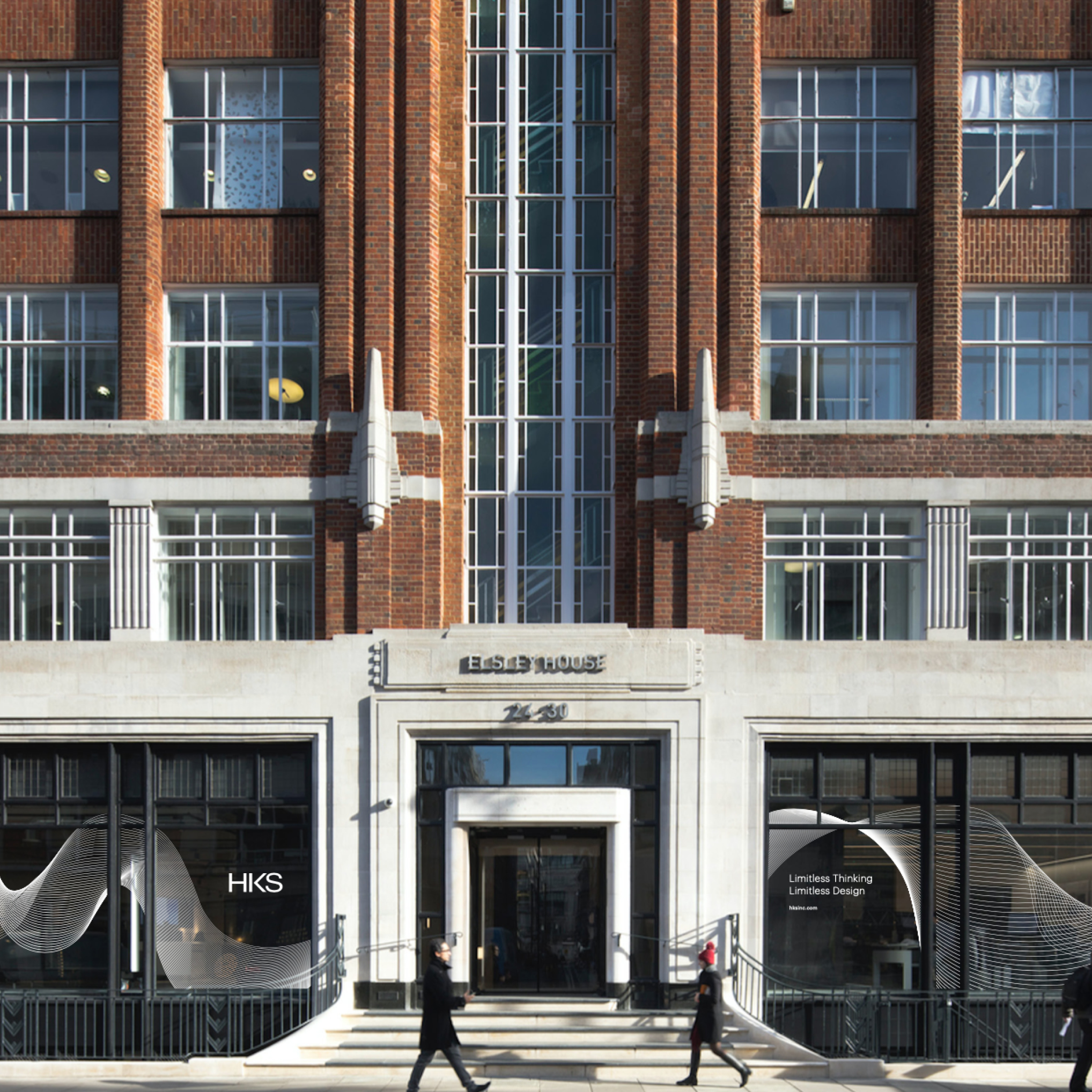
As We Look Forward to Dozens of New Hospitals in the UK, We Must be Patient
We at HKS welcome British the government’s announcement to commit £2.7 billion to a new hospital building programme that would aide in the building or refurbishment of 40 hospitals. The need is certainly there.
But there’s a long way to go from a headline grabbing announcement to even starting on site, let alone treating patients in a new facility.
Put simply, the current options for procuring large capital projects in the health service seem to have considerable limitations, and doubts exist whether any of the potential routes to market will be fit for purpose for projects of this scale without a significant overhaul.
Frameworks have been heralded as a faster, more efficient way for public sector organisations to buy the services they need and achieve cost savings. There are several active in the NHS – some Trusts have their own, whilst ProCure22 and NHS Shared Business Services (SBS) are being widely promoted as the way to successfully procure health care facilities.
My concern is that none of these frameworks have been specifically devised to deliver a major acute hospital project of the £300 to £400 million plus scale. The argument for the use of frameworks is that it balances choice with relative speed as the (usually) six firms on the list have already been vetted for financial stability, experience and so on. A main contractor – who will lead the project once the business case has been approved by the Treasury — can therefore be appointed without the need for a lengthy, openly competitive process such as OJEU.
-

Event
Perspectives on Health: How Will the Health Care Facilities of the Future be Funded?
Read More
But what if one or more of the six doesn’t have the capacity to take on a multi-million-pound project with a high level of complexity? And what if one or more other isn’t active in the right geographic region or hasn’t delivered a major acute facility before? None of these are particularly far-fetched scenarios given the relatively small number of projects of this type that have been completed in recent years.
One alternative is an open OJEU tender. While it does have its limitations, the advantage for a scheme of this scale is that it promotes real competition, opening it up to large contractors across Europe and potentially resulting in better value for money for the Trust – and us the taxpayers, who are the ultimate funders.
A major issue, historically, with non-framework procurement has been the time and cost of this process. It was not unusual for teams to spend £3-5 million over the 18 months or so from shortlist to tender award and several major firms have simply lost their appetite for this kind of expenditure, especially if there is only around a 33% chance of winning. Serious concerns regarding the allocation of risk within PFI contracts also led to a loss of interest from all parties in pursuing this type of procurement route.
Whether it is public or private investment, or a combination of the two, what is absolutely key is balancing the drive for “value for money” with ensuring that the buildings and facilities delivered aren’t obsolete almost as soon as they’re completed. With technology changing so rapidly, it’s almost impossible to predict what advancements in health care may be made over the next decade and the way in which services are delivered could change fundamentally.
Design for adaptability and flexibility has been a major focus for HKS and a topic that we have invested a great deal of time researching and exploring to answer the question, “are we doing enough as an industry to futureproof the buildings we design?” (Spoiler alert: the answer is no).
It would be fantastic to see 40 major hospital projects delivered, but if they are it will be a once in a generation opportunity so the need for high quality, flexible, adaptable space cannot be sacrificed in the pursuit of a lowest cost solution. This is our chance to create health care fit for the 21st century…let’s not waste it.
